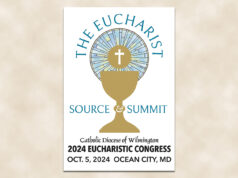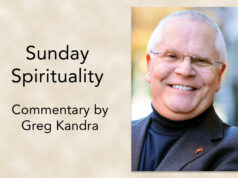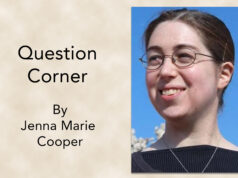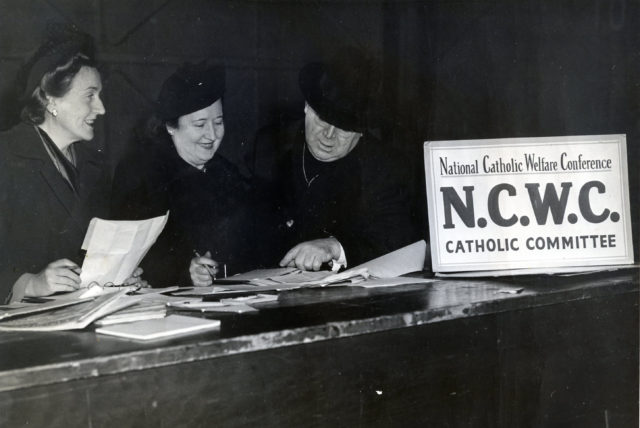
Before the 20th century, the American Catholic Church had no institution to represent it in national or international affairs. The establishment of the National Catholic War Council in 1917 changed that.
Two main circumstances led the U.S. Catholic bishops to establish the council. The first is that the United States entered World War I and there was no national Catholic organization to coordinate activities related to Catholic mobilization.
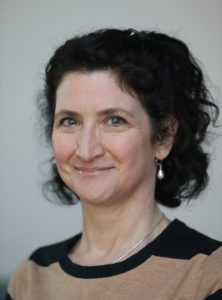
Living in a largely anti-Catholic society meant that Catholic service men and women were not offered specifically Catholic services such as Mass and recreational activities through government-sponsored programs.
At the time, Catholics were considered disloyal to the United States due to the fact that the pope led the church and because many came from countries against which the Allies were fighting in the war — this despite the fact that Catholics comprised 21 percent of the armed services in the war, yet only 16 percent of the general population.
Organized after two meetings in 1917 at The Catholic University of America in Washington, the war council was an emergency organization that represented Catholic interests in the U.S. Congress, addressed the needs of soldiers at home and overseas, promoted the Americanization of recent immigrants, and developed a program for the social reconstruction of American society after the war.
The second influencing factor led to the establishment of the successor to the war council, the National Catholic Welfare Council (NCWC). This was the early 20th century trend in American society toward professionalization and organization on a national scale.
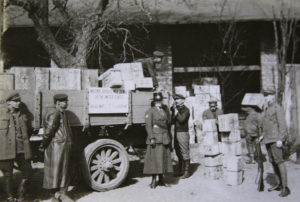
New systems of transportation and communication generated a national economy and culture, with the power of the federal government growing in turn. Groups sought to concentrate at the national level to promote their interests.
Officially defined as the annual meeting of the American hierarchy and its standing secretariat, the NCWC was established by the bishops in 1919 as the successor to the war council with headquarters established in Washington.
The transition from a temporary national organization to a permanent one was, however, a bumpy one.
Some bishops and the Vatican were willing to tolerate a potential rival to their authority during a brief crisis such as the war, but worried about the establishment of a potential permanent challenge to their authority.
Additionally, some bishops feared that the new organization might infringe on power within their dioceses, though the conference does not hold authority on the diocesan level.
In 1922, the Vatican’s attempt to suppress the NCWC was only reversed with a compromise in which the organizational name was changed to the National Catholic Welfare Conference, not council, underscoring the fact that it was consultative rather than legislative.
Thereafter, the NCWC grew into the single most important national organization in the American Catholic Church through the middle years of the 20th century. Moreover, it became a model for other Catholic hierarchical organizations in other countries.
As the principal lobbying arm for the church with the federal government, the NCWC fought against federal aid to education bills for fear such laws would impose government controls on private schools, though later it would fight for funding for parochial schools.
The NCWC would also serve as the forum for bishops to discuss common problems and the mechanism to issue their pastoral letters and judgments on critical issues of the day such as birth control, communism, fascism, poverty and race relations.
Following the Second Vatican Council, the bishops reorganized the NCWC yet again. In 1966, the organization was transformed into the National Conference of Catholic Bishops (NCCB) and its standing secretariat, the United States Catholic Conference (USCC).
As separate organizations with distinct responsibilities, the NCCB focused on internal ecclesiastical concerns while the USCC carried forward work in society at large. The USCC included clergy, religious and laypeople who developed public policy and programs for approval by the administrative board and the bishops for implementation by the various departments.
On July 1, 2001, the NCCB and the USCC were combined to form the conference in its current incarnation, the U.S. Conference of Catholic Bishops. The USCCB consisted of the same staff continuing the work formerly done by the NCCB and the USCC, and currently serves as a civil nonprofit entity organized as a corporation in the District of Columbia.
— By Maria Mazzenga Catholic News Service
(Maria Mazzenga is historian and archivist at the American Catholic History Research Center and University Archives at The Catholic University of America in Washington.)





